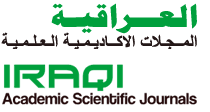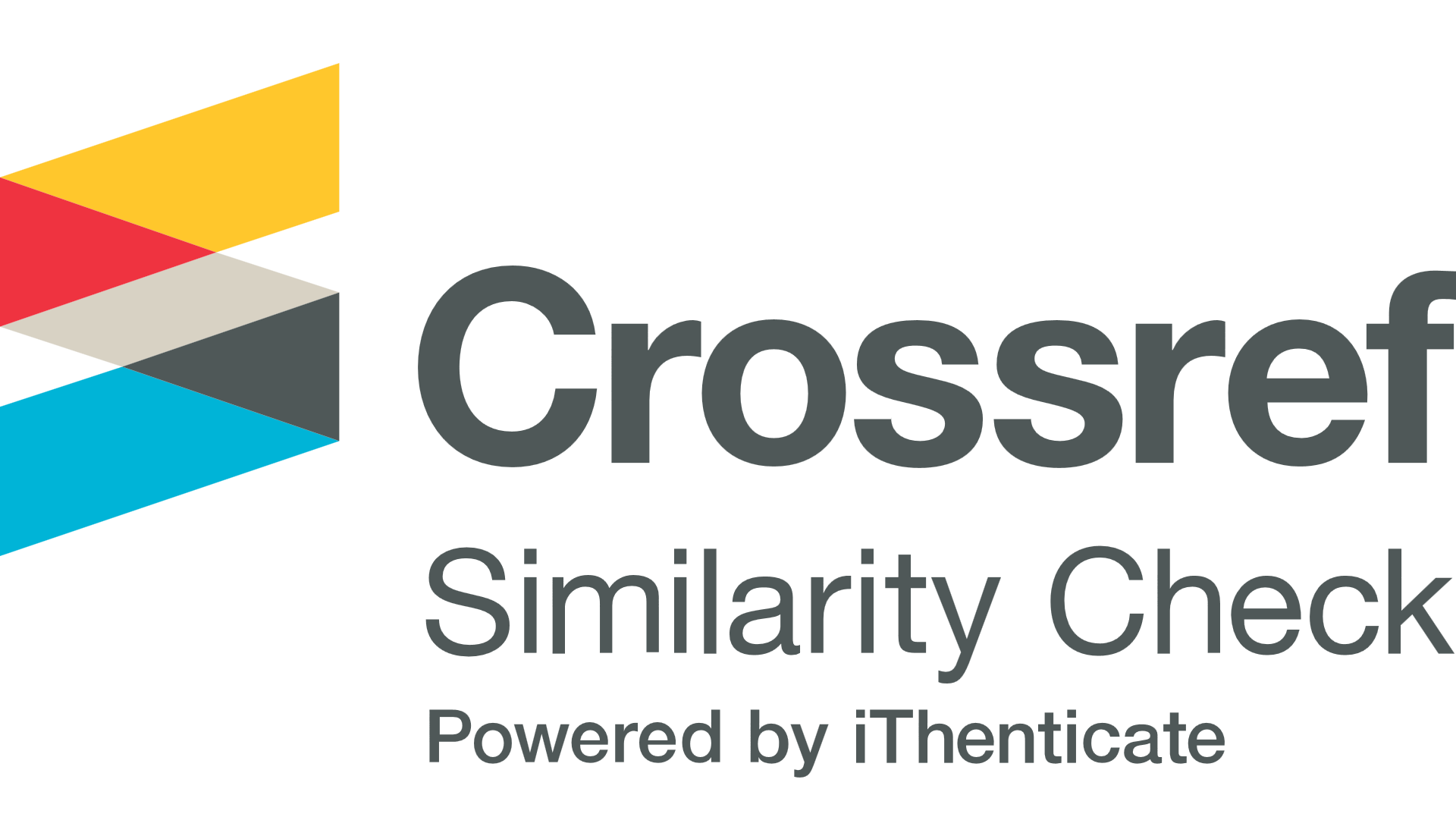New Complexes of Silicon
Abstract
Schiff-base ligands (L), prepared from substituted and non-substituted salicylaldehyde and 2-aminopyridine or 2-amino-3-methyl pyridine, and pyrrol-2-carboxylic acid (PGA or X), have been reacted with tetrachlorosilicon in 1:2:1 molar ratio respectively to give complexes of the general formula [Si(L~H)(X~H)2]Cl in neutral medium and [SiEJyCLj in basic medium. The complexes obtained were characterized physicochemically and spectroscopically. The Schiff-base seems to coordinate with silicon atom in a bidentate fashion via the most reactive bonding sites; the central imine (azomethine)-nitrogen and phenolic oxygen atom. (PCA) coordinate with silicon also as a bidentate ligand via pyrrol nitrogen atom and carboxylic oxygen atoms to give complexes with silicon of hexa-coordination number. All the complexes produced showed conductive species, in ethanol indicating the ionic structure [SiLXaJCU in neutral medium and [SiLX2]Cl in basic medium.





